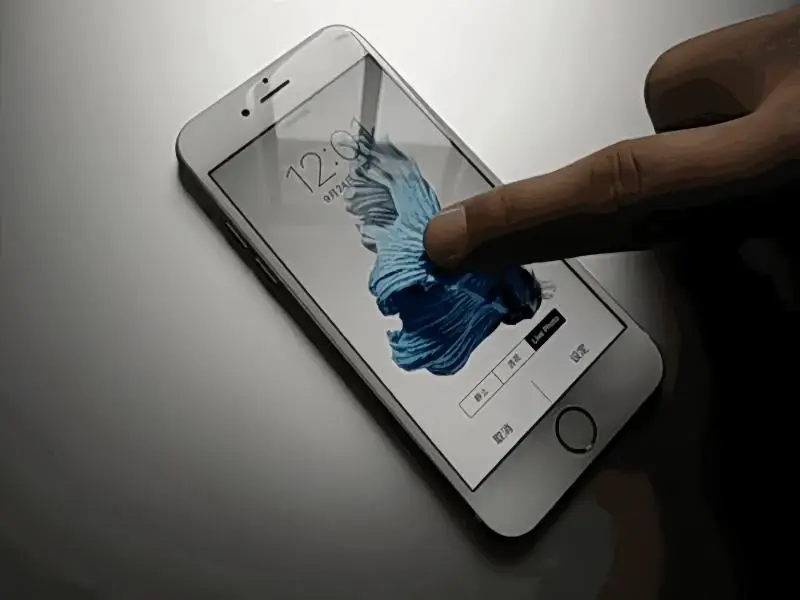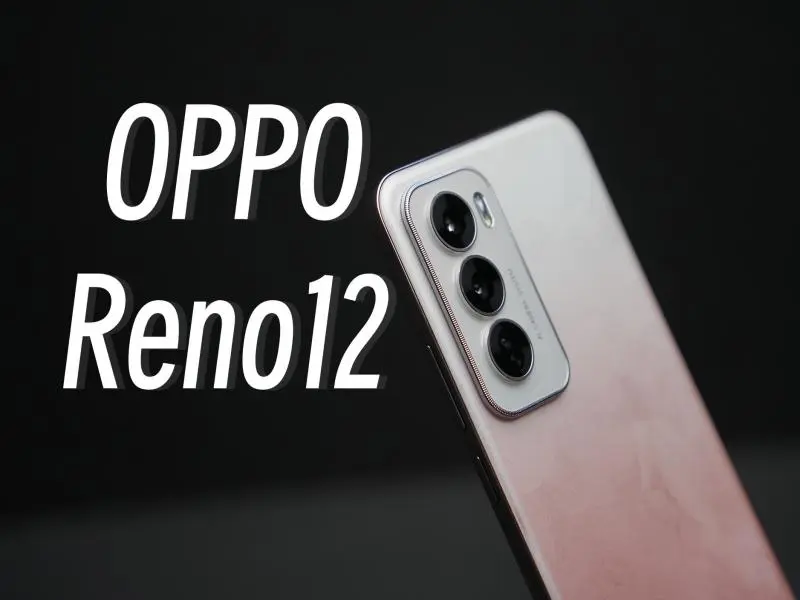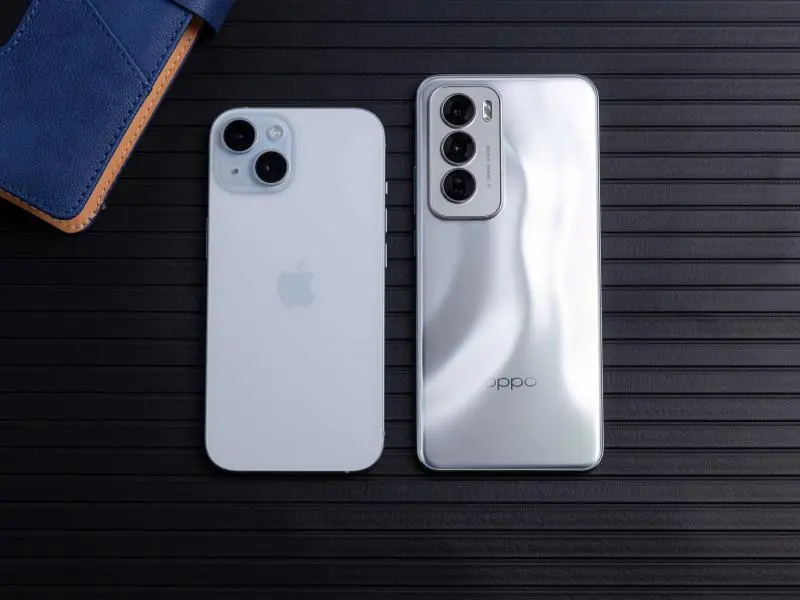- Smartphone giant OPPO has launched the OPPO Reno 12, the first Android smartphone with live photo sharing and retouching features. With its live photo sharing, users can now instantly share animated photos with their friends and family as they happen.
- Live photo feature on Android smartphones offers enhanced convenience and personalisation in shooting and sharing moments, with further innovation expected in the future.
OUR TAKE
The OPPO Reno 12’s debut signifies a major step forward in the world of mobile photography and social sharing. As the first Android device to offer live photo sharing and retouching, it sets a new standard for what users can expect from their smartphones. With the Reno 12, OPPO has not only met but exceeded the demands of the digital age, offering a device that is as powerful as it is user-friendly.
–Rebecca Xu, BTW reporter
What is a live photo

The live photo feature improves the photographic experience by showing a moment in a more dynamic way. It saves a short three-second video with sound together with the main still image. The result is a hybrid file that can be kept like an ordinary photo but can also replay the scene with movement and audio. When the user presses on the screen, the photo becomes a brief animation that revives the captured instant, giving greater depth to the memory.
This feature changes the way memories are preserved. It offers a layer of creativity and expression that still images cannot provide. According to Tim Cook, Apple’s CEO, live photos allow people to relive experiences in a way that makes them “truly come alive.”
The design of playback is fully built into the iOS system. Users handle live photos as they would other images in their gallery, but with the added ability to see the scene come to life. The technology is both simple to use and carefully engineered. It reflects Apple’s goal of combining intuitive design with an element of surprise and delight.
OPPO has recently introduced this concept into the Android market. On May 20, the company announced that the Reno 12 series will be the first Android phones to support the sharing of live photos. Images taken with this function can be viewed on the device and uploaded directly to social platforms.
Liu Zuohu, OPPO’s Chief Product Officer, explained that the Reno 12 is meant to set new trends and show technologies usually reserved for higher-end devices. He stressed that the series should not be seen as mid-range but as a product designed to bring advanced features to more users.
A key part of this launch is the link with Xiaohongshu, a Chinese social platform similar to Instagram. The partnership lets Reno 12 owners share live photos easily within an active social space. The mix of OPPO’s imaging system and Xiaohongshu’s community creates a smoother sharing process. It allows users to capture small slices of life and display them with both ease and style.
Also read: Using Apple AirTags with Android phones: Is it possible?
Also read: Anthropic launches Claude on Android

This latest addition to the OPPO family brings a new dimension to the mobile photography experience, allowing users to not only capture but also share and edit their live moments seamlessly. Previously, Android phones capable of taking live photos could not share them on social platforms. And those photos are more aptly named motion photos compared to live photos.
Pop quiz
What’s the biggest difference in live photo feature between OPPO and Applel?
A. Apple’s live photos can be shared but OPPO can’t.
B. OPPO’s live photos can achieve beauty without third-party platforms but Apple can’t.
C. Live photos is an Apple feature, but OPPO requires an additional download.
D. Apple’s live photos are presented in the form of photos, while OPPO’s are presented in the form of videos.
The answer is at the bottom of this article.
Differences between live photos and motion photos
Live Photos and Motion Photos are look alike, but they not the same. The differences is how they are made, how they are stored, and how people use them on different devices.
Implementation: Live Photos, introduced by Apple, have two parts: one still image and one short video with sound. The image is saved as JPEG, and the video part is saved as MOV. Motion Photos on Android work differently. The motion is placed inside the JPG itself, so the moving image and the still picture are kept together as one file.
File format and storage: Because Apple saves two files, the size of a Live Photo is larger. This makes it possible to support features like pressing to play the motion. Motion Photos do not create two files. Since the video is inside the image, the file is smaller, but it may not open well on every system.
User interaction: To see motion in a Live Photo, an iPhone user holds down the picture. This works with Apple’s 3D Touch or haptic feedback. Motion Photos do not respond the same way. They often show a play symbol, and the user has to tap it, which feels more like playing a clip than holding a moving picture.
Ecosystem integration: Live Photos are tied closely with Apple’s products. They can be set as wallpapers that move and work smoothly with iMessage or iCloud. Motion Photos work fine on Android phones, but when moved outside that system, many of the functions are lost.
Sharing and compatibility: When two Apple users share a Live Photo, both the video and the sound are sent without change. Sending a Motion Photo is harder. It often needs to be turned into another format, or it must be sent through apps that can handle it. This makes cross-platform sharing less simple.
Device support: Live Photos can be used on iPhone 6s and later. They also connect with features like haptic touch. Motion Photos are found on some Android models, but the way they work changes is depending on the brand and version.
Innovation and adoption: Live Photos show Apple’s way of making pictures richer by adding motion and sound. Motion Photos show Android’s way of adding the same idea while keeping files smaller and fitting their own system design.

The correct answer to the pop quiz is B. OPPO’s live photos can achieve beauty without third-party platforms but Apple can’t.
